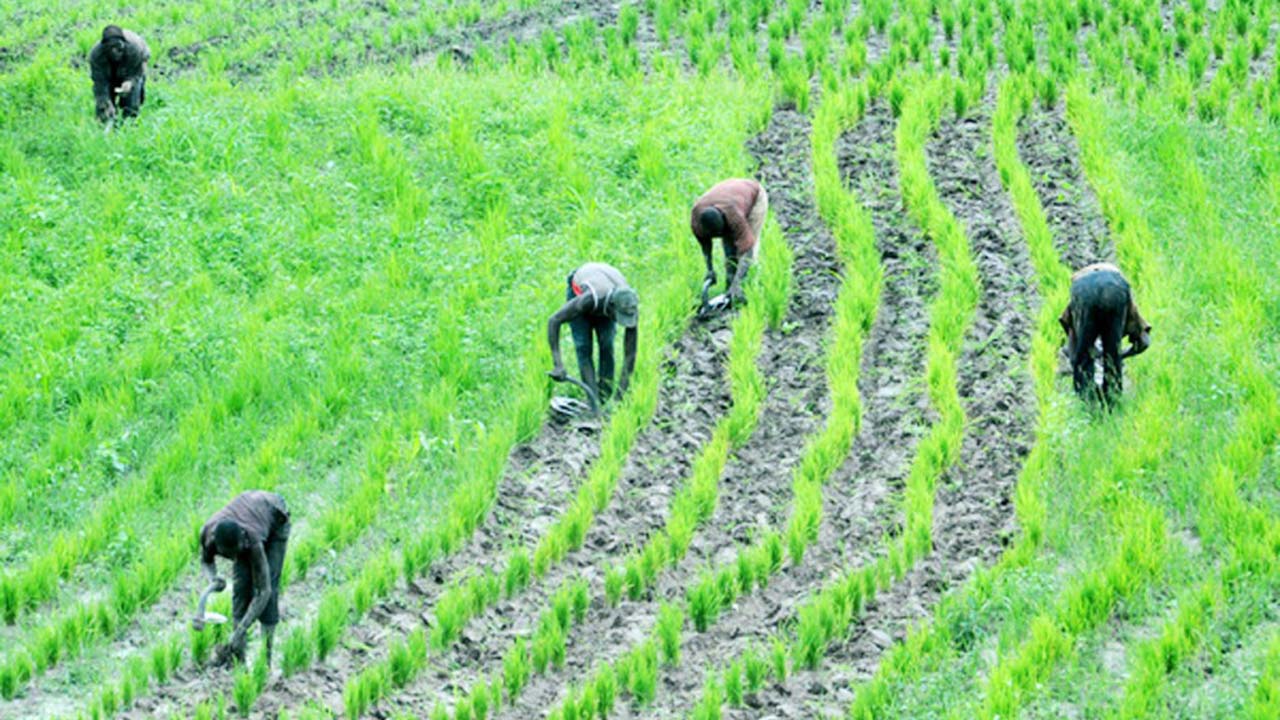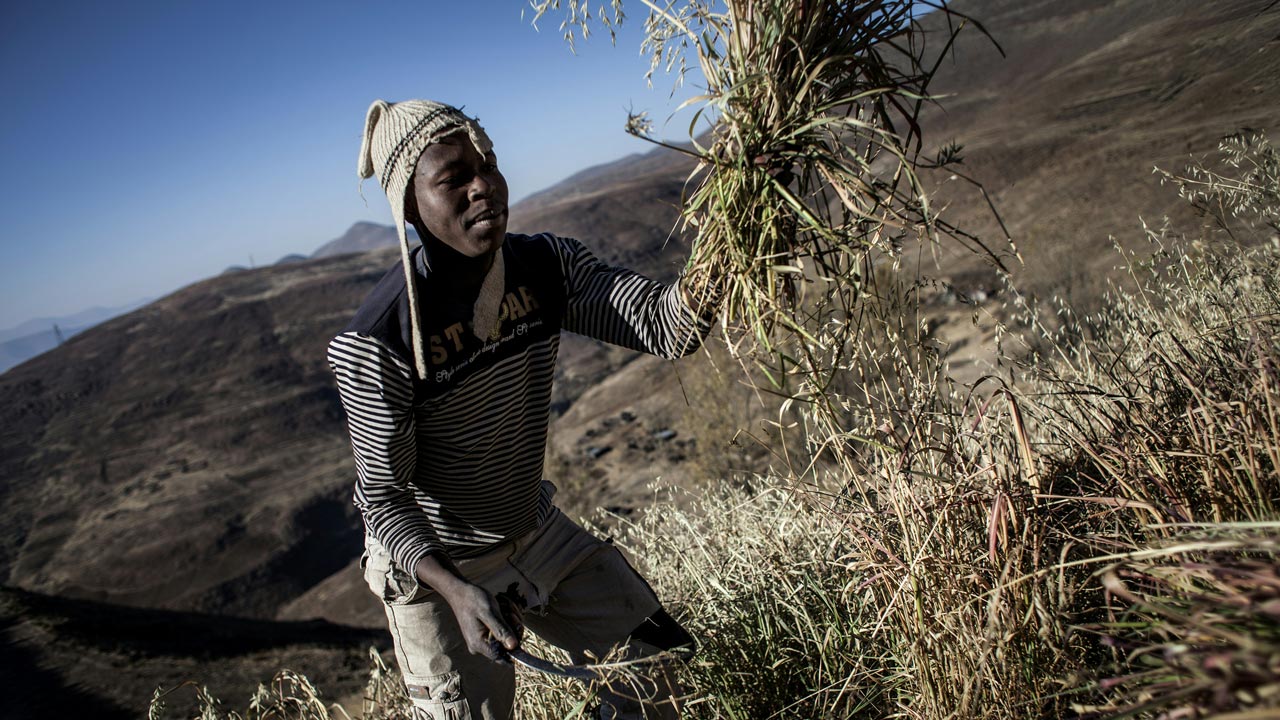Foot-and-mouth disease (FMD) is a highly contagious viral disease that affects cattle, sheep, goats, deer and other cloven-hooved ruminants.
The disease is rarely fatal but greatly affects the productivity of animals, thus the global strategy for curtailing it is to have an early detection and warning systems with rapid response measures and mechanisms in place.
FMD is one of the most difficult animal infections to control because it occurs in many parts of the world.
There are seven types of FMD each producing the same symptoms, and distinguishable only in the laboratory, as such, immunity to one type does not protect an animal against other types.
It is characterised by fever, appearance of blisters in the mouth and on feet, significant drop in milk production and weight loss of animals.
Other symptoms include loss of appetite, lameness, quivering lips and frothing of mouth and in cattle, cows may develop blisters on teats.
Since it is a viral disease, there is no available treatment but animals usually recover in most cases. Therefore, a farmer needs to employ effective bio-safety measures in order to prevent the disease. These measures include:
• controlling the introduction of new animals to existing stock;
• maintaining sanitation of livestock pens, buildings, vehicles and equipment;
• control over access to livestock by people and equipment;
• monitoring and timely reporting of illness;
• and appropriate disposal of manure and carcasses.
Vaccination however remains the best alternative. It could be administered to reduce the spread of the disease, but the vaccine must closely match the serotype and strain of the infecting strain.




